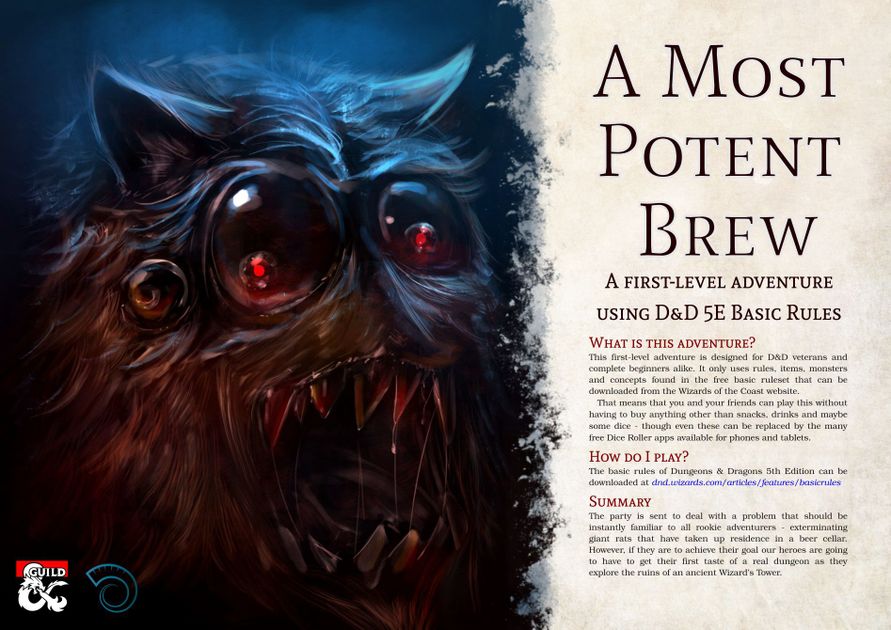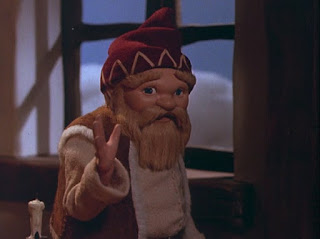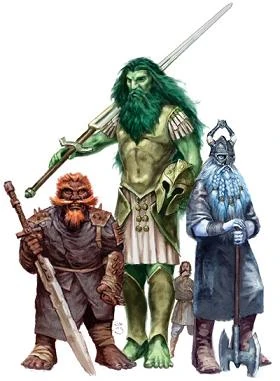Moon Knight is often derided as an ersatz Batman and had sort of an inauspicious beginning as a gimmick villain for Werewolf by Night. The latter point on serves to show how good characters in comics are often only arrived at over time. The former criticism misses the point that Batman himself had antecedents, and comic book are full of completely valid variations on a theme. Is it interesting, though, that Moon Knight's co-creator and the scribe on his seminal first series, Doug Moench, left the character to write both Batman books for the next three years.
Though the earlier appearances aren't bad, the character only really comes into his own in backup stories in the
Hulk! Magazine. (These and other early stories are collected in the f
irst volume of the Epic Collection.) That's where Moench teams up with Bill Sienkiewicz, who gives Moon Knight a silhouette and ghostly presence not unlike Neal Adams' Batman. Moench's stories are less superhero that pulp, with villains lurid for the printed page, but not really for 4 color comic. They are at once mundane and strange for that mundanity. This is the blueprint for the 1980 ongoing series.
Moon Knight finally gets an origin with an ambiguous hint of the supernatural, a set of cover identities, and a group of operatives. These last two schticks come courtesy of the Shadow, only Moon Knight's identities are suggested to be virtual alternate personalities--phases of the moon, perhaps--an idea only barely ever hinted at in the stories.
Most of the issues portray Moon Knight as a premier, perhaps even only, hero of a New York City still recovering from the seventies. Political machines, xenophobic terrorists, educated winos, and disgruntled vets stalk its streets. The rest of the Marvel Universe seems pretty far away, despite an occasional cameo or team-up.
Sienkiewicz's art begins as a bit like a rougher Adams, then looks a bit like Frank Miller (when like Miller, he is inked by Janson), before becoming more expressionistic and stylized. It isn't quite the Sienkiewicz of
New Mutants until the very end, but he's on that trajectory. The art also conveys a bit of noir edge in later issues that might make one think of
Sin City, but in a comic spinner rack sort of way.
While my favorite story (maybe because I read it as a kid), is the two-parter where terrorists dose Chicago's water supply with hallucinogens in #8-9, the storytelling gets more ambitious in the direct sale only later issues like the meditation on violence in #26 ("Hit It") that sort of reminds me of _The Spirit_ in its artifice.
Not all of the '80-84 series has been collected yet in color (
though up to issue #23 has), but the
third volume of the Epic Collection, Final Rest, is on it's way the 30th of this month.


















